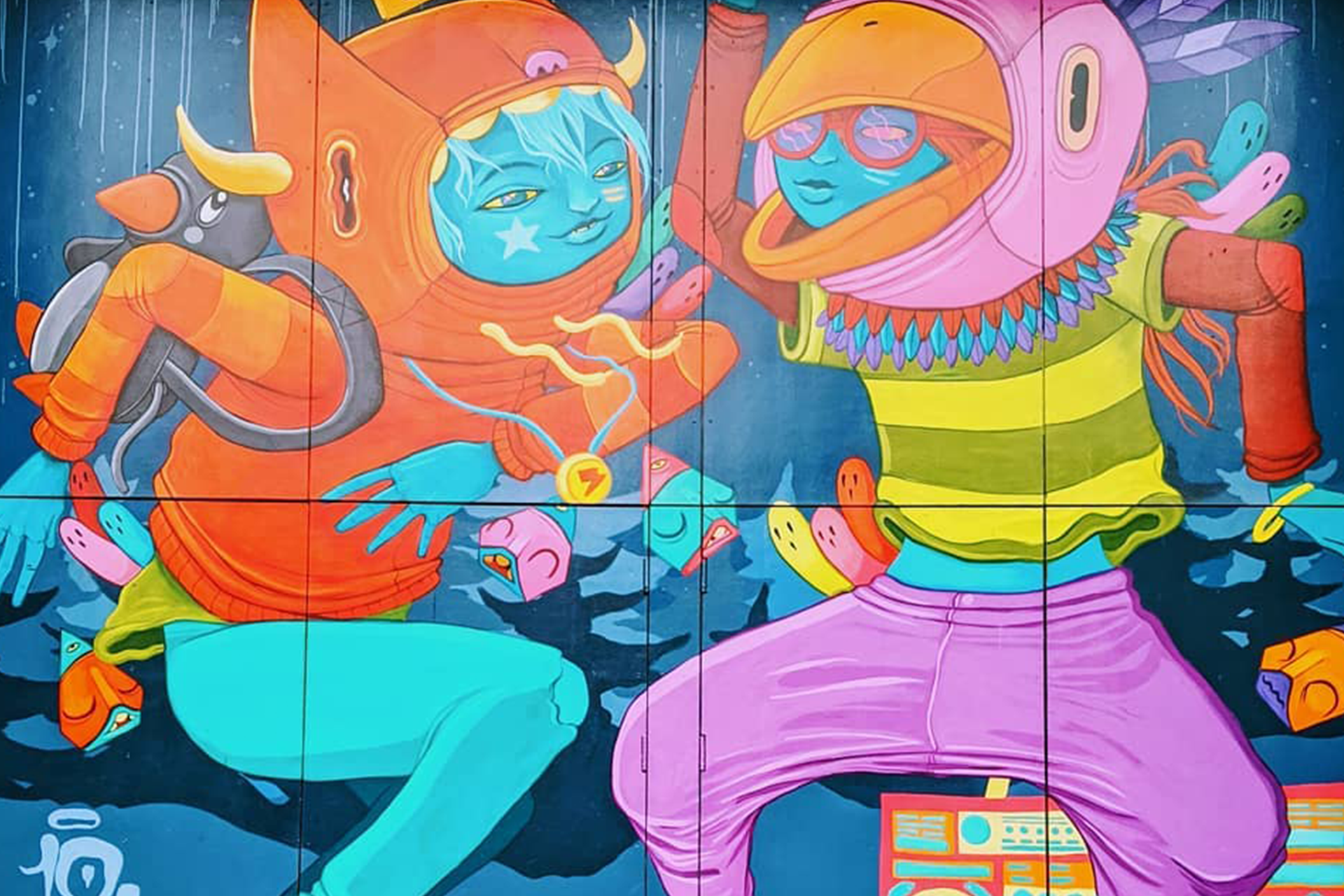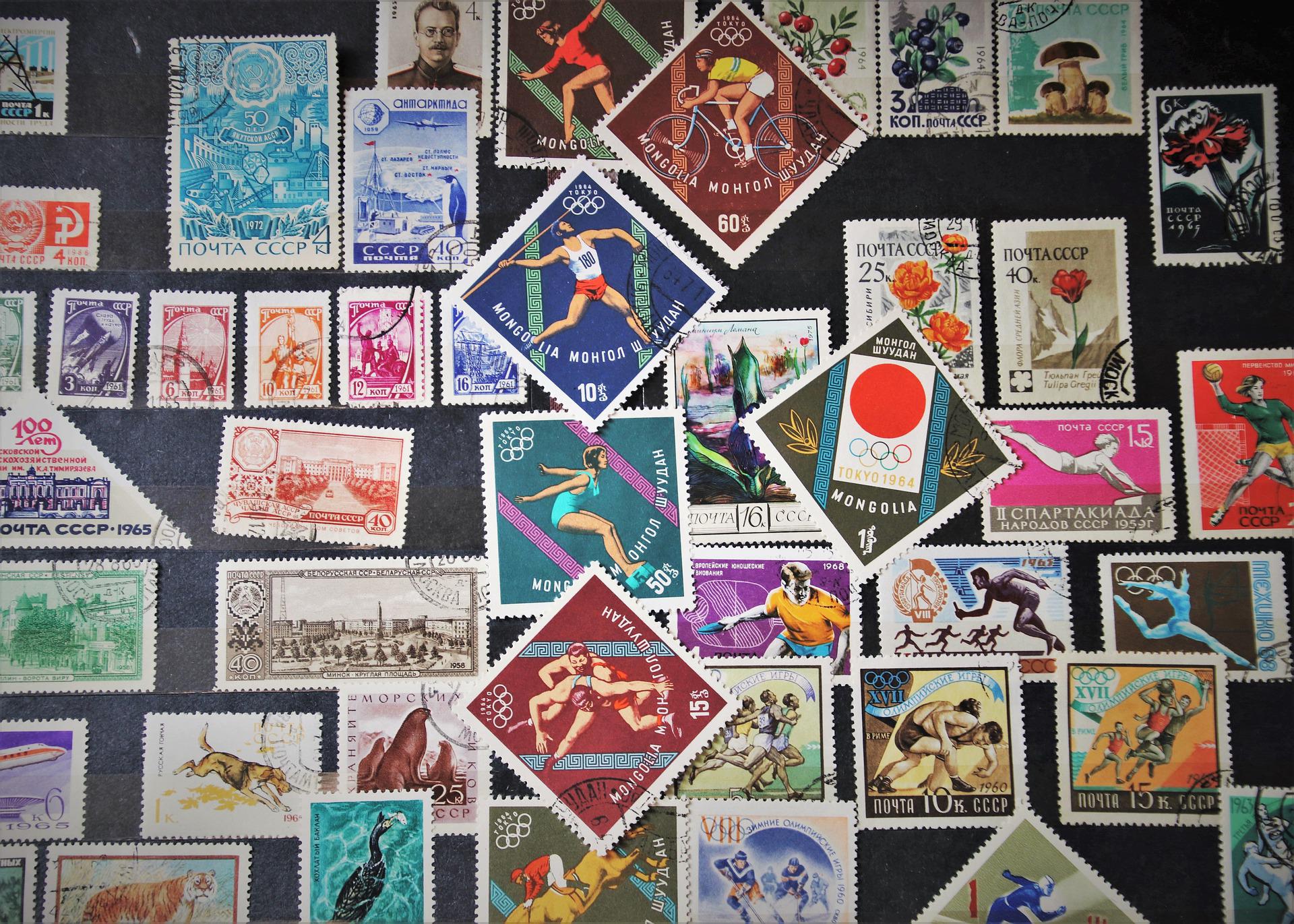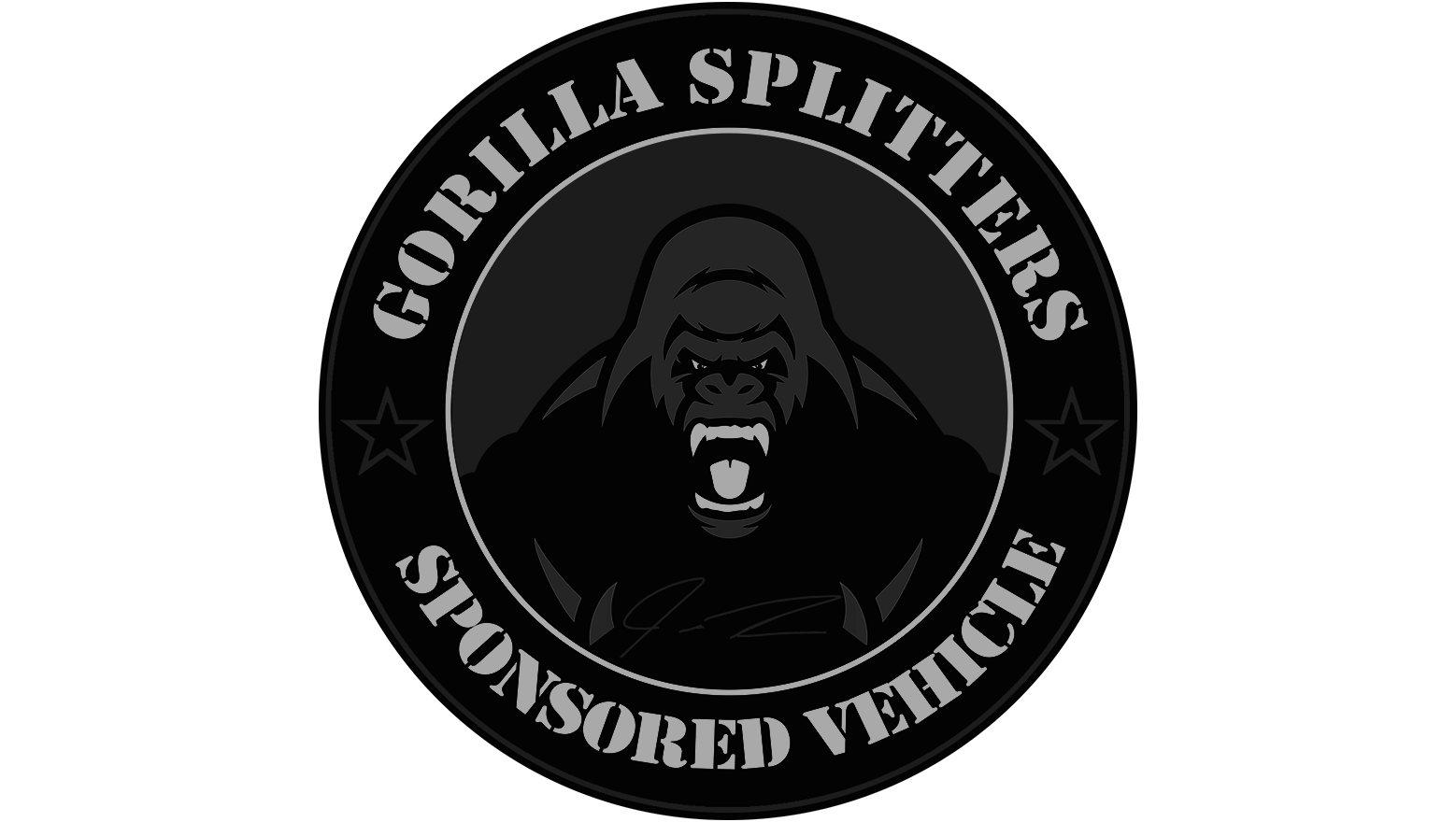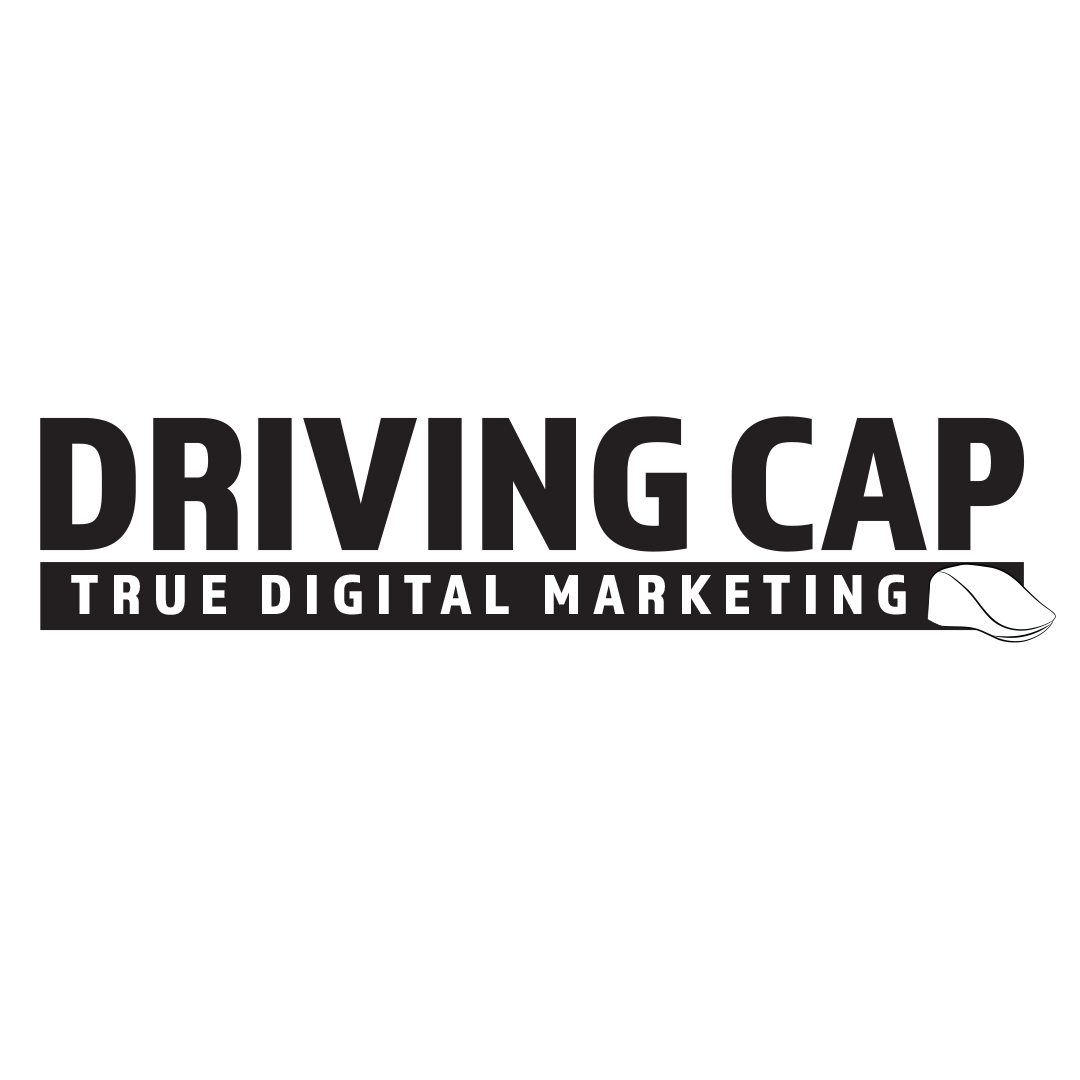BRAND DESIGN
Digital branding deals with logo design, print media, and everything else physical. We work with printers around the country to ensure the highest quality of merchandise for you and your customers!
BRAND DESIGN
Digital branding deals with logo design, print media, and everything else physical. We work with printers around the country to ensure the highest quality of merchandise for you and your customers!
Our In-House Team are Logo Legends.
Logo Design is simple. It is a graphic symbol, badge, or icon used to help promote recognition from the general public. It may consist of a conceptual or symbolic design, and oftentimes includes the text of the name it represents, possibly with a certain font type. Our experts are very well-versed in creating logos that truly depict your brand, and help establish a recognizable theme for your business. This team is made up of Graphic Designers, Art Directors, and Marketing Artists.


Your Brand needs to Stand Out.
In today’s day and age digital media is a necessary resource for any company to have at their disposal. Too many companies are taking advantage of it and missing the most valuable resource for them: branding. Every time you interact with a company, whether it’s over the phone or in person, you are forming an opinion about them. And you can be sure that as soon as something negative happens that opinion is going to change whether it be perception-wise or quality-wise. The minute consumers see something on social media or read about a company somewhere else they can quickly become wary of doing business with that company simply because they believe that others may have already had a bad time with said company. That is where branding comes into play! Because it is what speaks louder than anything else available to them in the marketplace at that moment.
Logo Designs
A logo is a visual entity signifying an organization, and logo design is an important area of graphic design. Therefore, the design of logos and their incorporation into a visual identity system is one of the most difficult and important areas of graphic design. A logo lock-up is a term for the consistent way that a logo appears in all formats, including print and electronic media. Each element of the logo—ideographic, pictographic, or wordmark—is independent but locked with other elements to create a unified look and feel.
Merchandise
Merchandising is the term used in retail commerce and marketing to describe various practices utilized to attract customers and encourage customer spending. Merchandising is applicable to a broad range of products, from clothing to food and beyond. In order to bring in new customers and ensure repeat business, businesses utilize visual merchandising techniques in an effort to create a memorable experience for their customers. Effective merchandising not only stimulates customer excitement about products and brands but also encourages impulse buying by allowing consumers to easily see and select items they may want or need at that moment.
Packaging
Package design and development are often thought of as an integral part of the new product development process. Packaging development starts with the identification of all the requirements: structural design, marketing, shelf life, quality assurance, logistics, legal, regulatory, graphic design, end-use, environmental, etc. Package design processes often employ rapid prototyping, computer-aided design, computer-aided manufacturing, and document automation.
Graphic Design
Graphic designers are artists who take visual ideas and translate them into graphics. They play an important role in marketing as they help businesses develop logos, packaging, print ads, and other media that catch attention and boost sales. A graphic designer needs to be creative with a knack for photography, videography, and 2D/3D modeling. Our graphic designers know how to combine creativity with technique, aesthetics, and business strategy. It is basically a person that combines the creativity of an artist with the technical knowledge of a professional in design.


Keys to Brand Design.
Proper Logos
Logos and all of their related designs may be protected by copyright, by way of various intellectual property organizations worldwide which make available application procedures to register a design to give it protection by law. For example, in the UK, the Intellectual Property Office (United Kingdom) governs registered designs, patents, and trademarks. Ordinarily, the trademark registration will not ‘make claim’ to colors used, meaning it is the visual design that will be protected, even if it is reproduced in a variety of other colors or backgrounds. In some countries, especially civil law countries, the threshold of originality required for copyright protection can be quite high so a logo that contains simple geometric shapes or texts might not be eligible for copyright protection although it can be protected as a trademark.
Typeface
A typeface is the design of lettering that can include variations in size, weight (e.g. bold), slope (e.g. italic), width (e.g. condensed), and so on. Each of these variations of the typeface is a font. There are thousands of different typefaces in existence, with new ones being developed constantly. The art and craft of designing typefaces is called type design. Designers of typefaces are called type designers and are often employed by type foundries. In desktop publishing, type designers are sometimes also called font developers or font designers. Every typeface is a collection of glyphs, each of which represents an individual letter, number, punctuation mark, or another symbol. The same glyph may be used for characters from different scripts, e.g. Roman uppercase A looks the same as Cyrillic uppercase А and Greek uppercase alpha. There are typefaces tailored for special applications, such as cartography, astrology, or mathematics.
Color Palettes
A color scheme or palette is the variety of colors used in numerous artistic and design situations. Color palettes are used to create style, appeal, and continuity in a brand. Colors that create an appealing tone when used together will frequently complement each other. A basic color scheme will make use of two colors that look attractive together. More advanced color schemes involve several related colors in “Analogous” combination, for example, text with such colors as red, yellow, and orange arranged together on a black background in a magazine article. The addition of light blue creates an “Accented Analogous” color scheme.
Company Mockups
The most common use of mockups in graphic and web design is to create user interfaces that show the end viewer what the ideas will look like without having to build the software or the underlying functionality. Software UI mockups can range from very simple hand-drawn screen layouts, through realistic bitmaps, to semi-functional user interfaces developed in a software development tool. Mockups are often used to create unit tests – there they are usually called mock objects. The main reason to create such mockups is to be able to test one part of a software system (a unit) without having to use dependent modules. The function of these dependencies is then “faked” using mock objects. This is especially important if the functions that are simulated like this are difficult to obtain (for example because it involves complex computation) or if the result is non-deterministic, such as the readout of a sensor.
Calculate Your Investment
Our Free Quotes can give you a great idea of the costs associated with our marketing agency.


